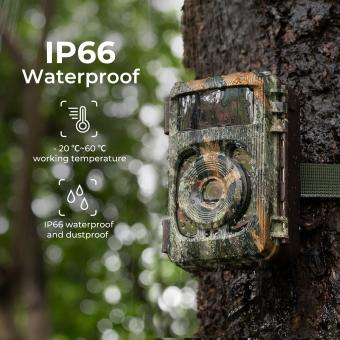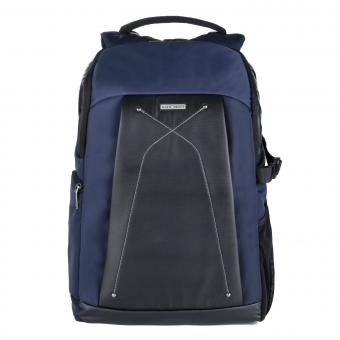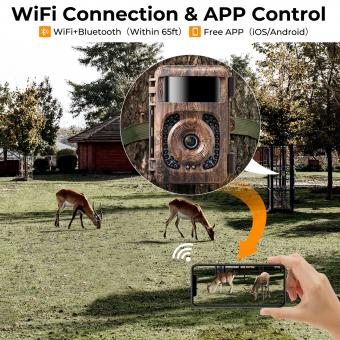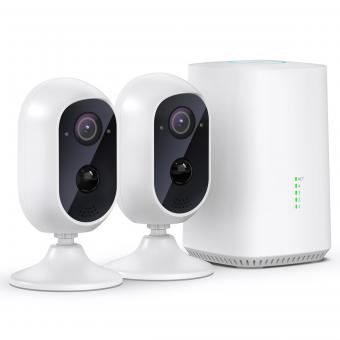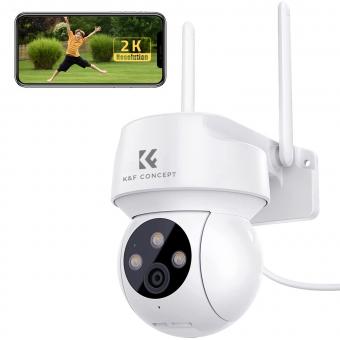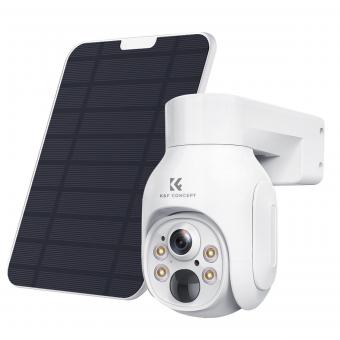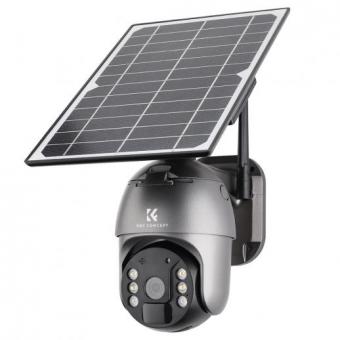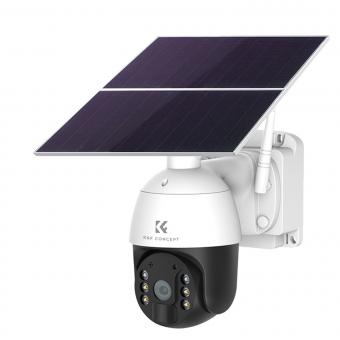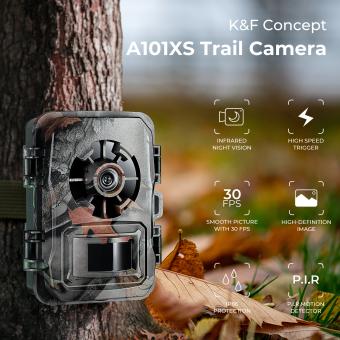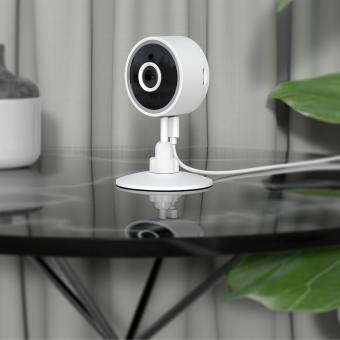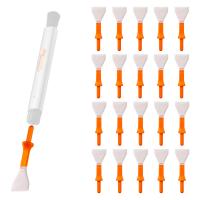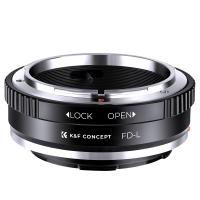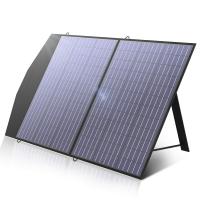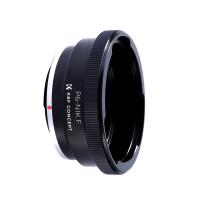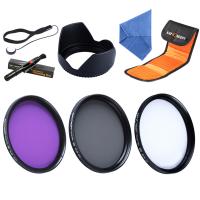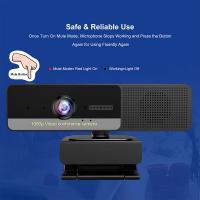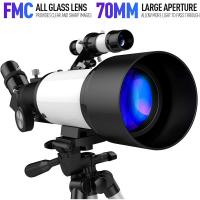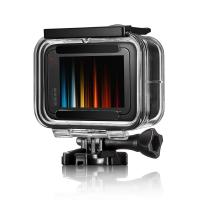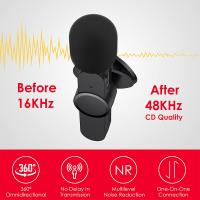Where To Put Security Cameras In House?
When it comes to home security, one of the most effective measures you can take is the strategic placement of security cameras throughout your property. By knowing where to place these cameras, you can significantly enhance your ability to monitor and protect your home from potential threats. This article will guide you through the best locations for installing security cameras in your house, ensuring that you maximize coverage and security.
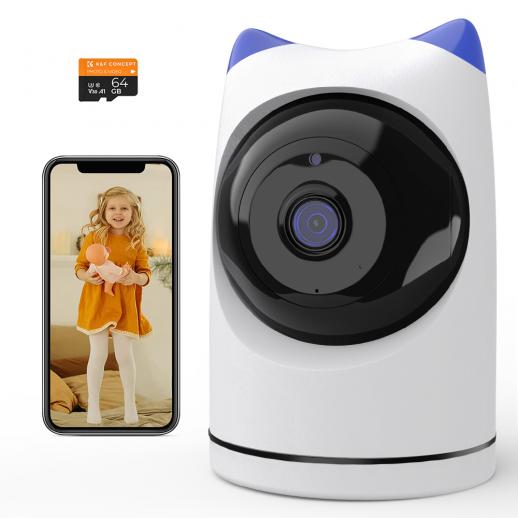
Key Entry Points
The primary goal of security cameras is to monitor the main points of entry in your house. These areas are critical because they are the first place an intruder might attempt to enter. Here are the key entry points you should focus on:
Front Door
According to statistics, over 34% of burglars enter through the front door. Placing a camera above your front door is essential. Make sure the camera is at a downward angle to capture a clear view of the faces of everyone who approaches. Installing it high enough will also prevent tampering.
Back Door
Another common entry point is the back door, accounting for about 22% of break-ins. Ensure this area is monitored with a camera similar to your front door. Back doors often lead to secluded areas, making them ideal spots for a stealthy break-in.
Garage and Driveway
Many people store valuable items in their garage, making it a prime target for thieves. Install a camera to monitor both the inside and outside of your garage. Additionally, a camera pointed towards your driveway can capture any suspicious activity, including unfamiliar vehicles.
Ground Floor Windows
Windows on the ground floor are another vulnerable point of entry, especially if they are concealed or have a lock that can be easily broken. Install cameras to cover all ground-floor windows to ensure that these entry points are visible on your security feed. This will act as a deterrent to would-be intruders and provide crucial evidence in case of a break-in attempt.
Common Areas
It's not just the entry points that need monitoring. Rooms frequently used by your family and visitors are also important to keep under surveillance.
Living Room
The living room is often where valuables such as electronics and personal items are kept. Placing a camera here will help you keep an eye on this important common area. You can position the camera in a corner to get a comprehensive view of the space.
Hallways
Household hallways serve as the main arteries for movement within your home. Placing cameras in strategic hallway positions ensures that any suspicious internal movement can be recorded. Ideal locations for these cameras are high points where the walls and ceilings meet, covering all intersecting paths.
Stairways
Stairways are critical surveillance points, especially in multi-story homes. Intruders moving between floors will have to use the stairways, making these areas effective for capturing their movements. Make sure that cameras cover both the top and bottom of each staircase.
Outdoor Perimeter
Besides monitoring the main entry points and interior spaces, it is also crucial to keep an eye on the outdoors.
Backyard
Your backyard can provide a lot of cover for an intruder. Placing cameras at the corners of your house to completely cover the backyard is a recommended practice. Ensure these cameras are weatherproof and equipped with night vision to offer constant surveillance under various conditions.
Patio and Pool Areas
If you have a patio or pool area, having these spaces covered by security cameras is doubly important. These areas often attract social activity and store various outdoor equipment and furniture, making them a target for thieves.
Technological Considerations
When selecting security cameras, pay attention to several technological features that can significantly enhance your home's security.
Resolution
Choose cameras with at least 1080p resolution to ensure you can capture clear, discernible images and videos. High-definition footage will make it easier to identify intruders and document incidents.
Night Vision
Intruders often exploit the cover of darkness to break in. Cameras equipped with night vision will provide you with 24/7 surveillance, ensuring you don't miss any suspicious activities during the night.
Motion Detection
Cameras with motion detection can alert you when there is movement in designated areas. This can help reduce the amount of footage you need to review by notifying you of potential security breaches as they happen.
Remote Access
Opt for cameras that offer remote access via a smartphone app or web portal. This feature allows you to monitor your home in real-time, regardless of where you are, giving you peace of mind when you are away.
Installation and Maintenance Tips
The effectiveness of your security camera system depends not just on where you place your cameras but also on how they are installed and maintained.
Proper Mounting
Ensure your cameras are securely mounted to prevent them from being easily dislodged or tampered with. Use high-quality mounts and screws, and consider professional installation if you’re unsure.
Regular Maintenance
Check your security cameras regularly to ensure they are clean and functional. Dust and debris can obstruct the lens, and software updates may be needed to keep your system running smoothly.
Wireless vs Wired
Decide whether you want wired or wireless cameras. While wired cameras are generally more reliable, wireless cameras offer easier installation and greater flexibility in positioning. However, they do rely on a stable Wi-Fi connection, so ensure your wireless network is robust enough to support them.
Legal and Ethical Considerations
Before installing security cameras, familiarize yourself with local laws and regulations regarding surveillance. While it's usually legal to install cameras on your property, recording in areas where people expect privacy, such as bathrooms or bedrooms, could lead to legal complications. Also, if your cameras can capture footage from neighboring properties, inform your neighbors and ensure you're not infringing on their privacy.
Maximizing the effectiveness of your home security camera system involves careful planning and consideration of the most vulnerable and high-traffic areas in your house. By strategically placing cameras at key entry points, ground floor windows, common areas, stairways, and the outdoor perimeter, you can create a comprehensive surveillance network that enhances your home's security. Additionally, pay attention to technological features and maintain your system properly to ensure ongoing protection. While the process requires an initial investment of time and resources, the security and peace of mind it provides are well worth the effort.

